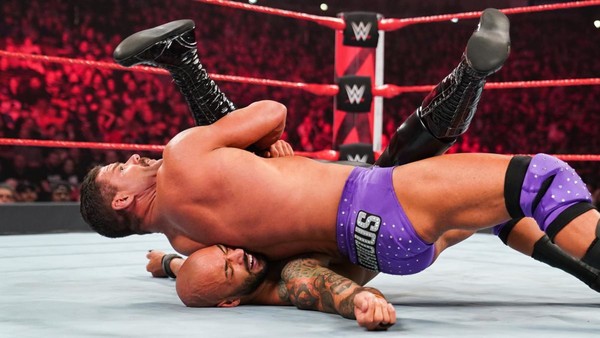The Disturbing Truth Behind WWE Money In The Bank

It seems unnecessary to tally the losses suffered by Baron Corbin and Carmella.
The Money In The Bank pay-per-view debuted on 18 July 2010, approximately seven months before Triple H ostensibly introduced the part-timer era, on the 28 February 2011 RAW. Triple H surveyed that locker room, and simply challenged The Undertaker’s WrestleMania Streak, for a second time, because none of them were worthy of the honour. In that time, that full-time roster, and who comprises it does not matter, has traded wins arbitrarily for seven years. Ricochet’s main roster win/loss record is probably not too dissimilar to Tyson Kidd’s.
Money In The Bank, and its empty symbolism, spawned the 50/50 booking mentality that has repelled so much of the audience away. The briefcase was considered armour by WWE, and WWE rained down bullets on those who wore it. In a way, the audience is complicit in its biggest complaint: by reacting so fervently to the cash-in, which hasn’t lost its appeal as an in-the-moment spectacle, WWE has received the message that wins and losses do no not matter, and has applied it across the entire spectrum of programming.
If a performer requires no build to receive a star reaction, why bother creating a backstory ahead of a NXT promotion? What we have arrived at now is a constant series of diminishing returns. The briefcase has infected WWE’s willingness and ability to build something meaningful. Laziness breeds stupidity.
CONT'D...(4 of 5)